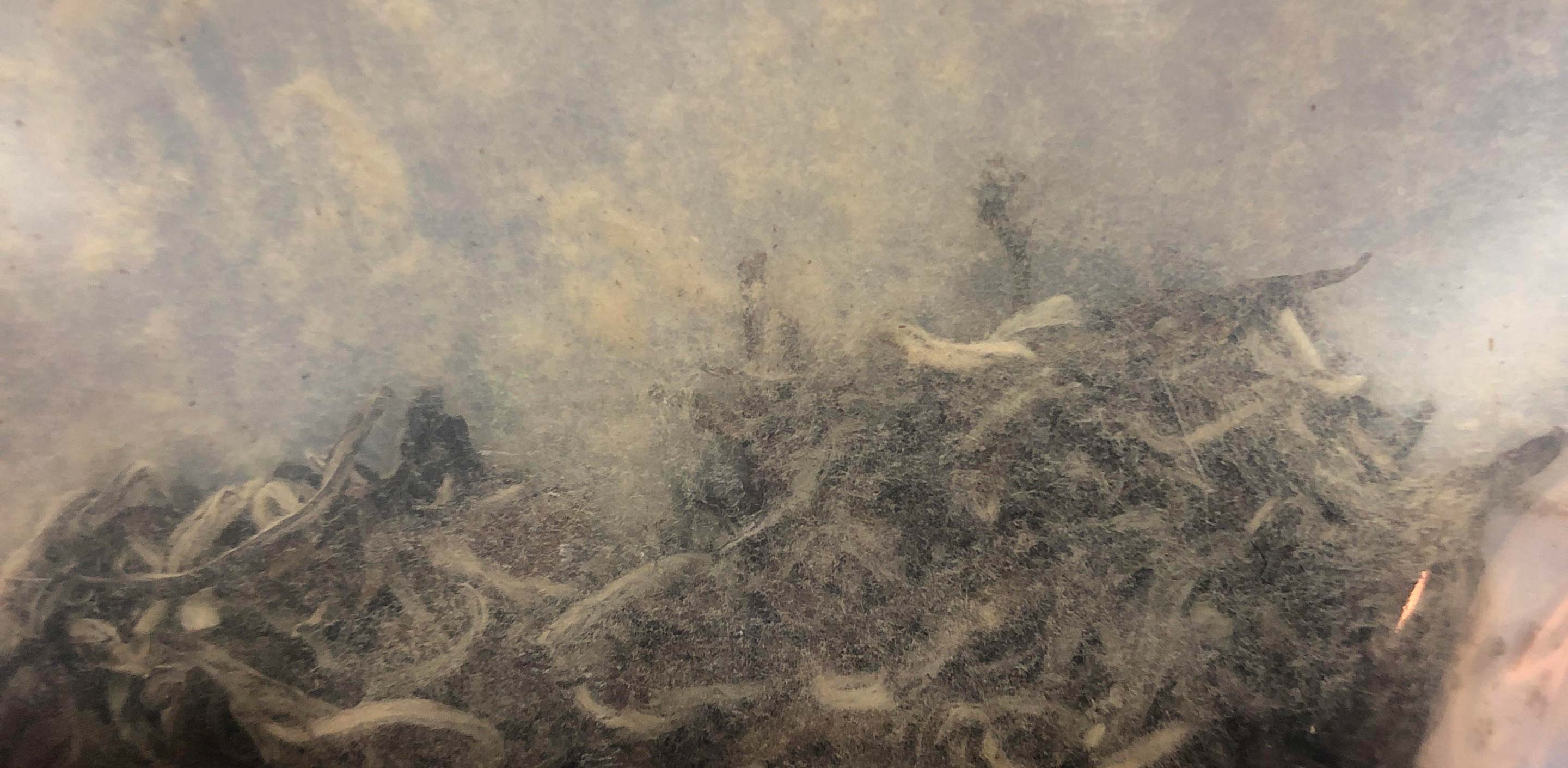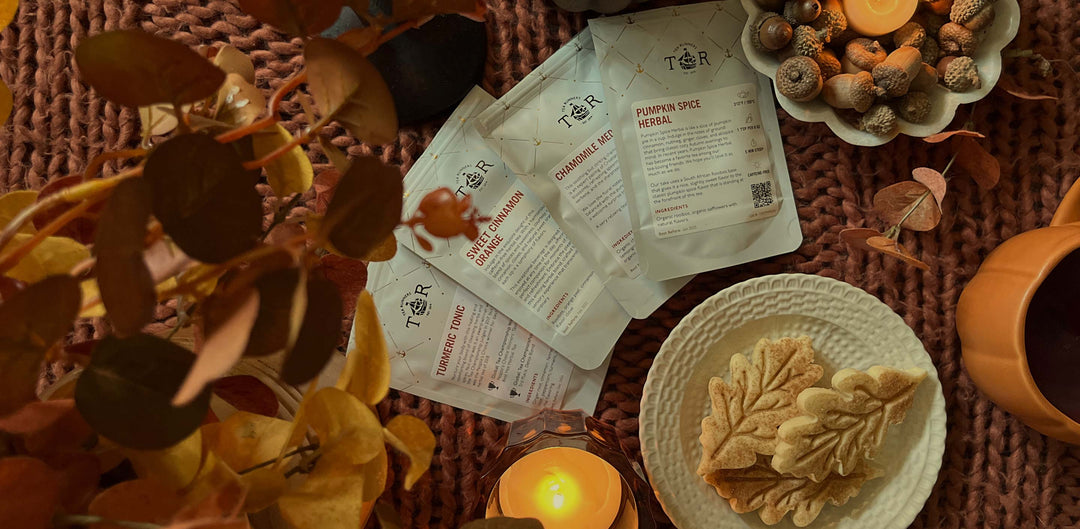What’s that fuzz in my tea? Is it mold?
Every now and then we get emails from customers sharing a concern about a new tea they have just purchased.
“I opened the bag and inside there’s all this fuzz on the sides of the bag and at the bottom! Is it mold? Is it safe to drink?”


We take a careful look and in every case reply “Nope, you actually have a really nice tea here!”
While it is possible for poorly-stored tea exposed to excessive humidity to mold, a new specialty tea purchased from Tea Runners is very, very unlikely to experience this problem.
While it may look initially alarming, take a closer look at that fuzz. Rub some in between your fingertips and get in close. Use a magnifying glass if necessary. Does it look like very short hairs? If so, these are the naturally occurring hairs from young tea leaf that has rubbed off during processing or storage.
Loose tea hair is actually a sign of good quality leaf, plucked and processed while the leaf is still tender and young. Commodity tea leaf mass harvested by machine, the kind used in the majority of tea bags, is mostly more mature leaf and doesn’t have these hairs.
In order for that fuzz to make it into your package the leaf must have been handled with some care from plucking to processing to packing, otherwise those hairs would have been left on the processing room floor.
Should you try to remove this fluff so that it doesn’t get into your brew? No, that’s unnecessary. In fact, young spring leaf teas that have the hairs on the leaf (and loose in the packaging) can create a nice sparkling effect if served in glass cups on a sunny day. The hairs reflect light like tiny crystals in the sun. They do not harm the taste in any way and are perfectly safe to drink.
If you are still uncomfortable with the idea of drinking tea that has some of these hairs in it you can simply do a quick rinse of your tea leaf before your first proper infusion. Loose hairs wash away easily. A micro-mesh filter is another easy way of catching these hairs before they enter your cup.
I should mention another common manifestation of tea hairs. If you purchase an early spring dragonwell green tea, particularly a pre-Qing Ming (spring festival) plucking, there will also be loose hairs. However, the processing style of this tea involves pressing and frying the leaf in a rotating motion, This causes the loose hairs to ball up into small, yellow, hairy globes the size of the head of a pin. Some worry that these are tiny cocoons, signs of an insect infestation, as they look very unusual. They are simply another form of loose spring hairs, and again is a sign that your tea is of a much better quality than most.
There are some rare instances where mold in a tea is not only expected, but desired. Take fu cha, a style of Chinese hei cha (dark tea) that is pressed into bricks to age. When processed properly this tea is encouraged to grow jin hua (golden flowers), a tiny puffball fungi. It appears as clusters of tiny yellow dots, but only on the interior of the fu cha bricks, not loose in the packaging. This type of fungi is not seen outside of aged hei cha, so any yellow balls of fluff in the bottom of your green tea bag are not jin hua. Should you be daring enough to try it, jin hua adds a very subtle flavor sought after by fu cha collectors. I admit to having more than a few such bricks in my collection.
One good rule of thumb when suspecting mold in your tea is to simply smell it. Tea that has molded will smell musty, rancid, or sour. The teas that shed spring growth hairs will instead smell quite fresh and pleasant.
While it is wise to always look over any food or drink for spoilage, don’t let a few loose leaf hairs in your tea scare you away from enjoying a really nice, fresh tea experience!








Leave a comment